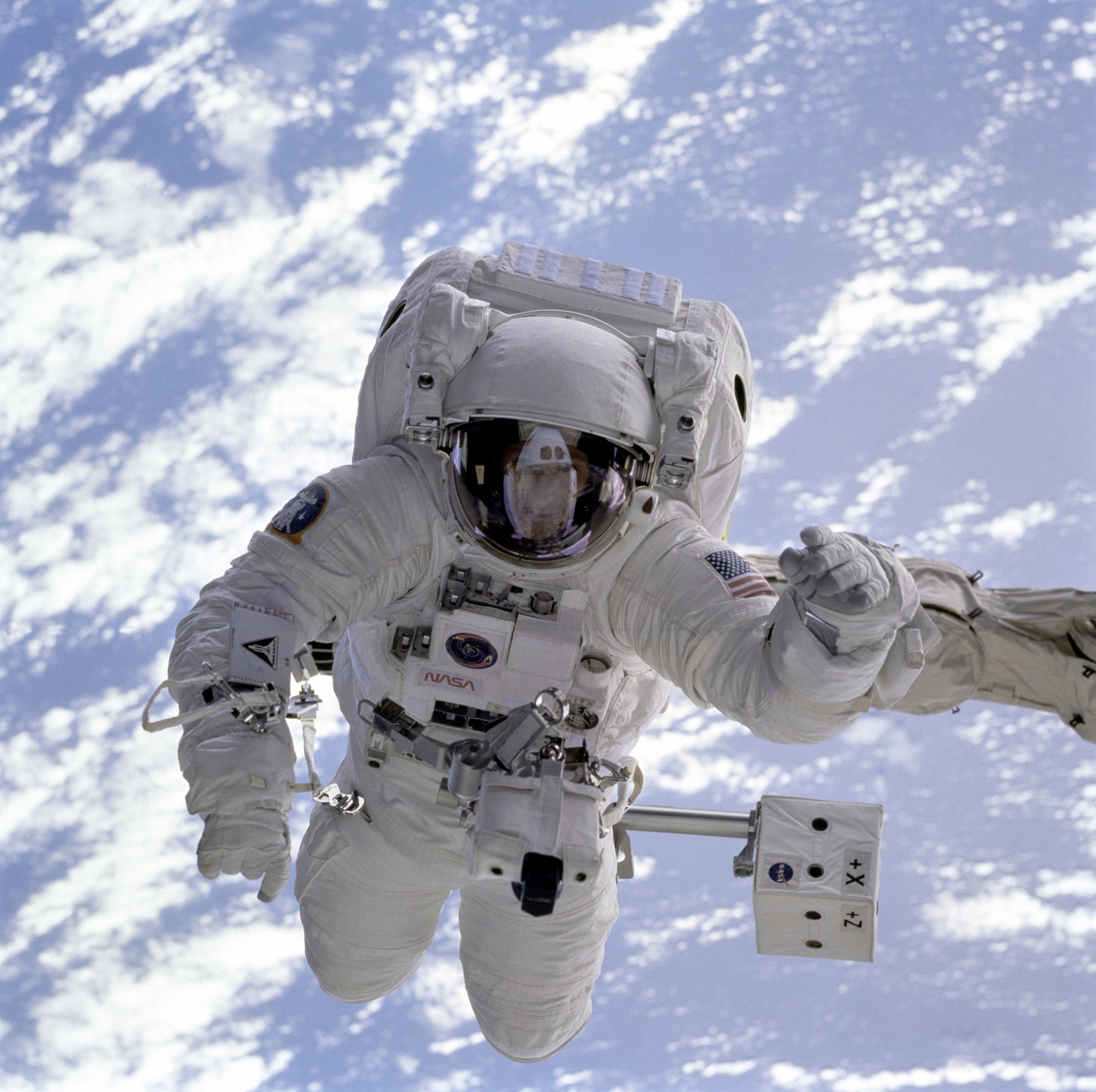
September 4, 2023
The First African American In Space, Guion Bluford, Remains Hopeful For More Black Astronauts
On Aug. 30, 1983, Guion “Guy” Bluford became the first Black American to reach space. But 40 years later, only 16 Black Americans have entered space.
Bluford’s mission marked the first time the space shuttle was both launched and landed at night, and it was supposed to usher in progress towards the first Black American on the moon. However, that never happened. Bluford, now 80, still holds out hope that more Black people will become astronauts.
Bluford told The Houston Chronicle “I don’t know what I expected, but I’m hopeful that we’ll get more and more African Americans in the future coming into the astronaut program.”
As the Chronicle reported, Bluford and others said that a big barrier is education, as Black students are underrepresented in STEM careers, which are prerequisites for the astronaut program. In addition to this, there have only been 16 Black people to fly with the space program, so visibility is also a factor. However, the Black astronauts who have flown are a tight group, often checking in with each other.
During policeman Derek Chauvin’s trial for the murder of George Floyd, the group of astronauts organized a video call to the International Space Station to make sure fellow Black astronaut Victor Glover was doing okay. In 2022, they called to check up on Jessica Watkins, who became the first Black woman to complete an International Space Station long-term mission, when she was on the station. Glover and Watkins comprise half of the active Black NASA astronauts who are available to be assigned to missions, but there are two more who are in the process of completing their training.
Glover is poised to become the first Black man to orbit the moon in 2024 on NASA’s Artemis II mission. In addition to this, when NASA returns to doing lunar landings, there is the potential for a mission in 2025 to include a person of color on its crew. In 1978, Bluford was part of the Thirty Five New Guys, a class of astronauts which included the agency’s first woman, Black, and Asian astronauts.
President Kennedy began the push to include Black astronauts by picking Ed Dwight to train as an experimental test pilot in hopes that he would become an astronaut. The assassination of Kennedy in 1963 significantly hampered these developments and Dwight eventually left NASA and became a world famous sculptor.
Leland Melvin, an executive producer of The Space Race, a documentary about the experiences of Black American astronauts, told the Chronicle, “They (Russia) flew this Afro-Cuban to space and they used it as propaganda against us to get Black people to come to live in the (USSR). No one really knows about that history of the space race.”
In 1985, five years after the Russians sent Afro-Cuban Arnaldo Tamayo Méndez into micro-gravity, Frederick Gregory became the first Black American astronaut to pilot a shuttle.
Bluford sees it as his responsibility to encourage Black students to get into aerospace and remarked to the Houston Chronicle that he had not seen very many other Black aerospace engineers during his time as an aerospace engineer.
NASA commemorated Bluford in a statement: “While former NASA astronaut Guy Bluford is the first African American to go to space, his legacy is remembered with a host of African American pilots, engineers, scientists and others who have continued to explore the cosmos. When we enable individuals to inclusively participate, we provide space for all possible talent, skills, knowledge, perspectives, ideas, thinking, problem-solving and innovations.”
RELATED CONTENT: Caribbean Mother-Daughter Duo The First To Do Space Travel